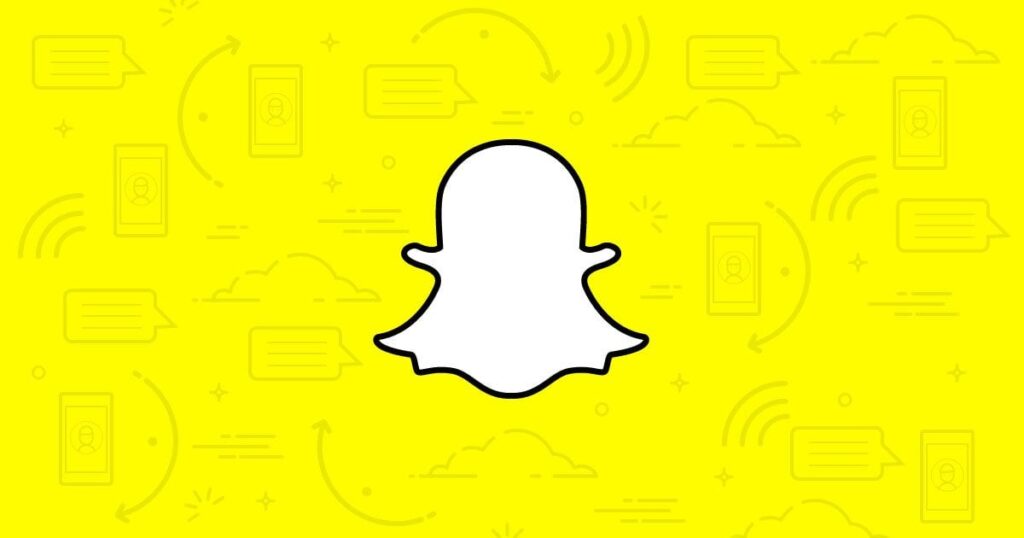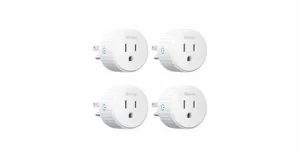In today’s hyperconnected digital landscape, social media influencers have become the new celebrities, commanding millions of followers and wielding unprecedented influence over consumer behavior. However, this rise to fame comes with a unique challenge that traditional celebrities rarely faced: the complete erosion of the boundary between their public persona and private life. As platforms like Instagram, TikTok, and YouTube continue to reshape how we consume content, a pressing question emerges: has the line between public and private completely vanished for modern influencers?
The Evolution of Celebrity Privacy
Traditional Celebrity Model vs. Influencer Culture
The traditional entertainment industry maintained clear boundaries between public appearances and private moments. Celebrities controlled their image through carefully managed PR campaigns, scheduled interviews, and red carpet events. Their personal lives remained largely shielded from public view, revealed only through occasional paparazzi shots or authorized magazine features.
Influencers operate under an entirely different paradigm. Their success depends on authenticity and relatability – qualities that require constant sharing of personal moments, thoughts, and experiences. This fundamental shift has created a new economy where privacy becomes a tradable commodity.
The Always-On Expectation
Modern influencers face what experts call the “always-on” expectation. Unlike traditional celebrities who could retreat from the spotlight, influencers must maintain constant engagement with their audience to remain relevant. This creates several challenges:
- 24/7 content creation pressure
- Immediate response expectations from followers
- Fear of losing relevance during breaks
- Blurred boundaries between work and personal time
The Economics of Oversharing
Monetizing Personal Moments
The influencer economy has transformed intimate life experiences into revenue streams. Personal milestones, family moments, and even struggles become content opportunities. This monetization of privacy creates several concerning dynamics:
| Monetized Moment | Platform Revenue | Privacy Cost |
|---|---|---|
| Wedding ceremonies | $50,000-$500,000 | Complete loss of intimacy |
| Pregnancy announcements | $10,000-$100,000 | Family privacy exposure |
| Mental health struggles | $5,000-$50,000 | Emotional vulnerability |
| Relationship updates | $1,000-$25,000 | Partner privacy invasion |
The Authenticity Paradox
Influencers face a unique paradox: the more authentic they appear, the more successful they become, yet this authenticity often requires sacrificing genuine privacy. This creates what researchers term “performed authenticity” – a carefully curated version of real life that feels genuine while serving commercial interests.
Platform-Driven Privacy Erosion
Algorithm Incentives
Social media algorithms reward engagement, which often comes from controversial, intimate, or emotionally charged content. This creates several problematic incentives:
- Controversy generates visibility
- Personal drama increases engagement
- Vulnerable moments drive sympathetic interactions
- Real-time sharing rewards immediate posting
Story Features and Live Streaming
The introduction of ephemeral content (Stories) and live streaming has accelerated privacy erosion. These features encourage spontaneous sharing, often catching influencers in unguarded moments that they later regret. The temporary nature of Stories creates a false sense of privacy, leading to oversharing that can still be screenshot and preserved.
Psychological Impact on Influencers
Mental Health Consequences
The constant exposure takes a severe psychological toll on influencers. Research indicates several concerning trends:
- Increased anxiety and depression rates
- Identity confusion between public persona and authentic self
- Hypervigilance about public perception
- Difficulty forming genuine relationships
The Validation Addiction Cycle
Many influencers develop what psychologists call “validation addiction” – a dependency on likes, comments, and shares for self-worth. This addiction often drives increasingly personal content sharing as influencers chase the dopamine hit of engagement.
The cycle typically follows this pattern:
- Share personal content
- Receive engagement validation
- Experience temporary satisfaction
- Require more intimate content for same validation level
- Repeat with increased personal exposure
Impact on Family and Relationships
Children in the Spotlight
Family influencers face unique ethical dilemmas regarding their children’s privacy. Key concerns include:
- Consent issues with minor children
- Long-term digital footprint consequences
- Educational and social impacts
- Potential exploitation concerns
Relationship Strain
The pressure to share relationship details publicly creates significant strain on influencers’ personal relationships. Partners often struggle with:
- Loss of privacy in intimate moments
- Pressure to participate in content creation
- Public scrutiny of relationship dynamics
- Difficulty separating authentic interactions from performed ones
Many relationships suffer when one partner becomes an influencer, as the non-influencer partner may feel exploited or uncomfortable with the level of public exposure required.
Legal and Ethical Considerations
Privacy Rights vs. Public Interest
The legal landscape surrounding influencer privacy remains murky. While public figures traditionally have reduced privacy expectations, influencers occupy an ambiguous space between private citizens and public figures. This creates several legal challenges:
- Unclear privacy protections
- Difficulty pursuing harassment claims
- Complicated defamation standards
- Limited legal recourse for privacy violations
Platform Responsibility
Social media platforms bear significant responsibility for privacy erosion, yet they rarely face consequences for their role in encouraging oversharing. Platform design features that contribute to privacy loss include:
- Notification systems that encourage immediate posting
- Engagement metrics that reward controversial content
- Algorithm preferences for personal, emotional content
- Limited privacy control granularity
Case Studies: When Privacy Boundaries Collapse
The Pregnancy Announcement Phenomenon
Modern influencers often announce pregnancies immediately upon discovery, sharing pregnancy tests, doctor visits, and intimate moments throughout the process. This represents a dramatic shift from traditional celebrity pregnancy announcements, which typically occurred months after conception.
The pressure to share pregnancy journeys stems from:
- Follower expectations for life updates
- Sponsorship opportunities with baby brands
- Algorithm benefits from high-engagement content
- Fear of losing audience during content gaps
Mental Health Oversharing
Many influencers share detailed accounts of mental health struggles, therapy sessions, and medication changes. While this can reduce stigma and help others, it also raises concerns about:
- Professional boundaries with audiences
- Impact on treatment effectiveness
- Long-term career consequences
- Exploitation of vulnerable moments for content
The Global Perspective
Cultural Variations in Privacy Expectations
Privacy expectations vary significantly across cultures, creating challenges for international influencers. What’s considered appropriate sharing in one culture may be deeply offensive in another. This creates particular difficulties for:
- Multi-cultural influencers
- International brand partnerships
- Cross-platform content adaptation
- Global audience management
Regulatory Responses
Different countries are beginning to address influencer privacy through legislation:
- European GDPR implications for influencer content
- California’s privacy laws affecting content creators
- Australia’s influencer disclosure requirements
- Asian countries’ social media regulations
Strategies for Privacy Protection
Boundary Setting Techniques
Successful influencers who maintain some privacy typically employ several strategies:
- Content scheduling to avoid real-time sharing
- Separate private and public social media accounts
- Family member consent protocols
- Regular social media detoxes
- Professional content creation teams
Platform-Specific Privacy Settings
Each platform offers different privacy controls, though most are insufficient for true privacy protection:
Instagram:
- Close Friends story sharing
- Limited profile options
- Comment filtering
- Story screenshot notifications
TikTok:
- Private account settings
- Comment restrictions
- Duet limitations
- Live streaming controls
YouTube:
- Unlisted video options
- Community post restrictions
- Comment moderation tools
- Monetization controls
The Future of Influencer Privacy
Emerging Technologies and Privacy
New technologies will likely further complicate influencer privacy:
- Augmented reality integration
- Artificial intelligence content generation
- Biometric data collection
- Location-based targeting
The Next Generation of Influencers
Gen Z influencers show some signs of being more privacy-conscious than their predecessors, potentially due to:
- Growing up with social media consequences
- Witnessing older influencers’ privacy struggles
- Increased awareness of digital footprint implications
- Better understanding of monetization without oversharing
Finding Balance in the Digital Age
The Role of Management Teams
Professional management can help influencers maintain privacy by:
- Providing objective advice on content decisions
- Managing audience expectations
- Handling crisis situations
- Protecting long-term interests over short-term engagement
For more insights into influencer culture and its implications, visit influencersgonewild for comprehensive coverage of social media trends and influencer behavior.






